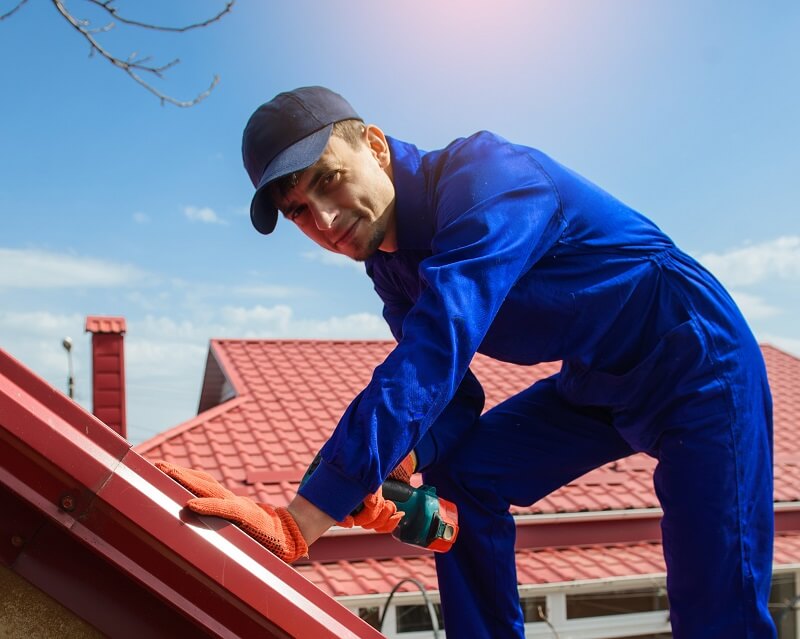A leaky roof is more than just a minor inconvenience; it is a silent perpetrator of extensive damage that often goes unnoticed until it’s too late. While a dripping ceiling may seem like a minor issue, the implications of roof leaks extend far beyond the visible water stains. In this in-depth exploration, we will uncover the hidden damage caused by roof leaks, shedding light on the structural, financial, and health-related consequences that often accompany this seemingly innocuous problem.
1) Structural Consequences:
1. Weakening of Structural Integrity: Roof leaks compromise the structural integrity of a building by allowing water to penetrate and damage essential components. Over time, this can weaken the framework, leading to sagging ceilings, warped walls, and an overall reduction in the stability of the structure.
2. Mold and Mildew Growth: Stagnant water resulting from roof leaks creates an ideal environment for mold and mildew growth. These microorganisms not only jeopardize the aesthetics of a property but also pose significant health risks to its occupants.
3. Rotting of Wood and Other Materials: Continuous exposure to moisture can lead to the rotting of wooden structures and other materials used in construction. This not only compromises the strength of the building but also necessitates costly repairs or replacements.
2) Financial Consequences:
1. Escalating Repair Costs: What might initially appear as a minor leak can quickly escalate into a major repair project. The longer roof leaks persist, the more extensive the damage becomes, resulting in higher repair costs that could have been avoided with prompt intervention.
2. Decreased Property Value: Roof leaks contribute to the deterioration of a property’s condition, consequently reducing its market value. Prospective buyers are often deterred by signs of water damage, making it imperative for homeowners to address leaks promptly to maintain or enhance their property’s value.
3. Increased Energy Bills: Leaks in the roof compromise the insulation of a building, allowing conditioned air to escape and external air to infiltrate. This leads to increased energy consumption as heating and cooling systems work harder to maintain a comfortable indoor environment.
3) Health-related Consequences:
1. Respiratory Issues: Mold spores, which thrive in damp environments created by roof leaks, can become airborne and pose respiratory risks to occupants. Prolonged exposure may lead to allergies, asthma, and other respiratory ailments.
2. Compromised Indoor Air Quality: The presence of mold, mildew, and other contaminants resulting from roof leaks negatively impacts indoor air quality. Poor air quality can trigger a range of health issues, including headaches, fatigue, and respiratory problems.
3. Potential for Structural Collapse: In extreme cases where roof leaks are left unattended for an extended period, the structural damage can become so severe that it poses a risk of collapse. This not only endangers the lives of occupants but also requires emergency intervention and substantial financial investment.
Conclusion:
In conclusion, the damage caused by roof leaks extends far beyond the visible signs of water stains on ceilings. The structural, financial, and health-related consequences can be severe and far-reaching. Homeowners and property managers must prioritize regular roof inspections and timely repairs to mitigate the hidden damage associated with roof leaks. Ignoring this seemingly minor issue can lead to a domino effect of problems that may prove challenging and costly to rectify in the long run. As we navigate the complexities of maintaining our homes and buildings, understanding the hidden damage of roof leaks is essential for preserving both the integrity of the structure and the well-being of its occupants. Enlisting the expertise of qualified roofing experts is crucial in ensuring comprehensive inspections and effective repairs to safeguard against potential long-term consequences.


